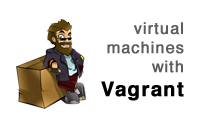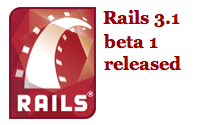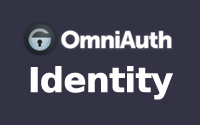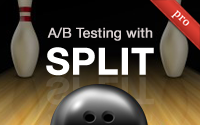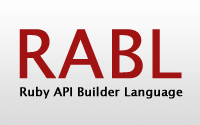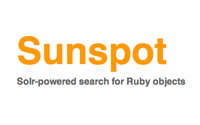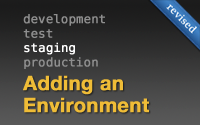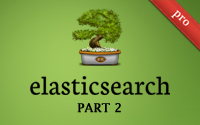Categories
- Active Record
- Active Resource
- Active Support
- Administration
- Ajax
- APIs
- Authentication
- Authorization
- Background Jobs
- Caching
- Code Walkthrough
- Controllers
- Debugging
- Deployment
- eCommerce
- Forms
- Mailing
- Models
- Performance
- Plugins
- Production
- Rack
- Rails 2.0
- Rails 2.1
- Rails 2.2
- Rails 2.3
- Rails 3.0
- Rails 3.1
- Rails 3.2
- Rails 4.0
- Refactoring
- Routing
- Search
- Security
- Testing
- Tools
- Views
Applied Filters:
gem x
Virtual Machines with Vagrant
Vagrant allows you to run your Rails application and all of its dependencies in a portable, sharable environment. Use for development, set it up as a staging server, or experiment with a production setup.
(11 minutes)
Compass & CSS Sprites
Compass improves the Sass experience by providing useful mixins, functions, and more. You will also learn how to make CSS sprites with it in this episode.
(9 minutes)
Rails 3.1 Overview
This is the first episode in a series covering Rails 3.1. Here I show how to install the beta and show some of the new features.
(13 minutes)
OmniAuth Identity
With the release of OmniAuth 1.0 there is a new Identity strategy which allows users to register/login with a password if they don't want to use an external provider.
(11 minutes)
A/B Testing with Split
Split testing allows you to experiment with different designs and track conversions to determine which one is the most effective. Learn how to do A/B testing using Split in this episode.
(10 minutes)
RABL
RABL - Ruby API Builder Language - provides a DSL for generating JSON or XML responses in a Ruby application. Learn how to share and configure complex JSON data in this episode.
(8 minutes)
Oh My ZSH
As Rails developers, we frequently use the command line. Here I will show how to switch to Z Shell using Oh My ZSH including how to make your own theme and plugins.
(9 minutes)
Search with Sunspot
Sunspot makes it easy to do full text searching through Solr. Here I show how to search on various attributes and add facets for filtering the search further.
(10 minutes)
Adding an Environment (revised)
Rails comes with three environments: development, test, and production, but it is easy to add your own. Here I show how to add a separate staging environment and how to start up Rails under this.
(4 minutes)
ElasticSearch Part 2
This final part on ElasticSearch and Tire will show how to make more complex search queries, customize the indexing, and add facets.
(16 minutes)

